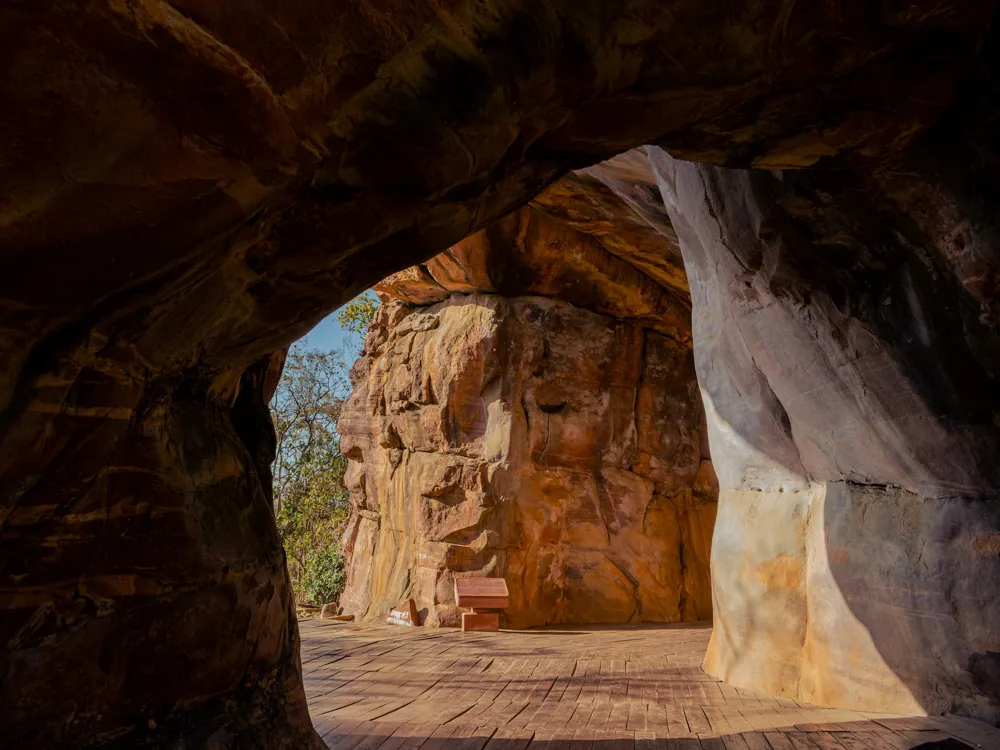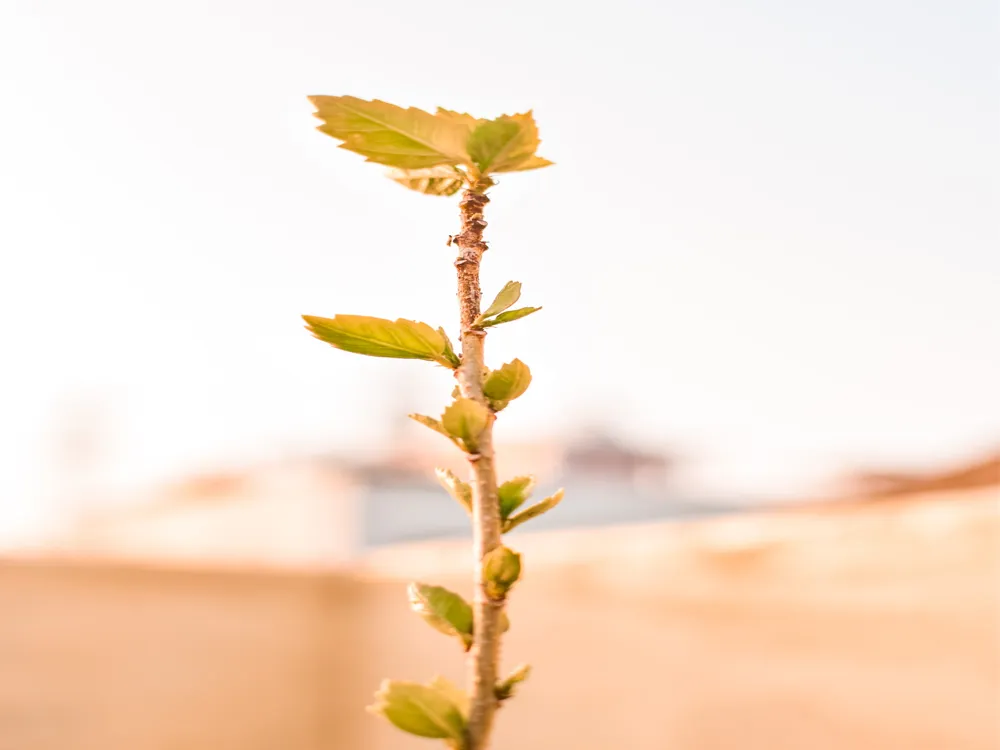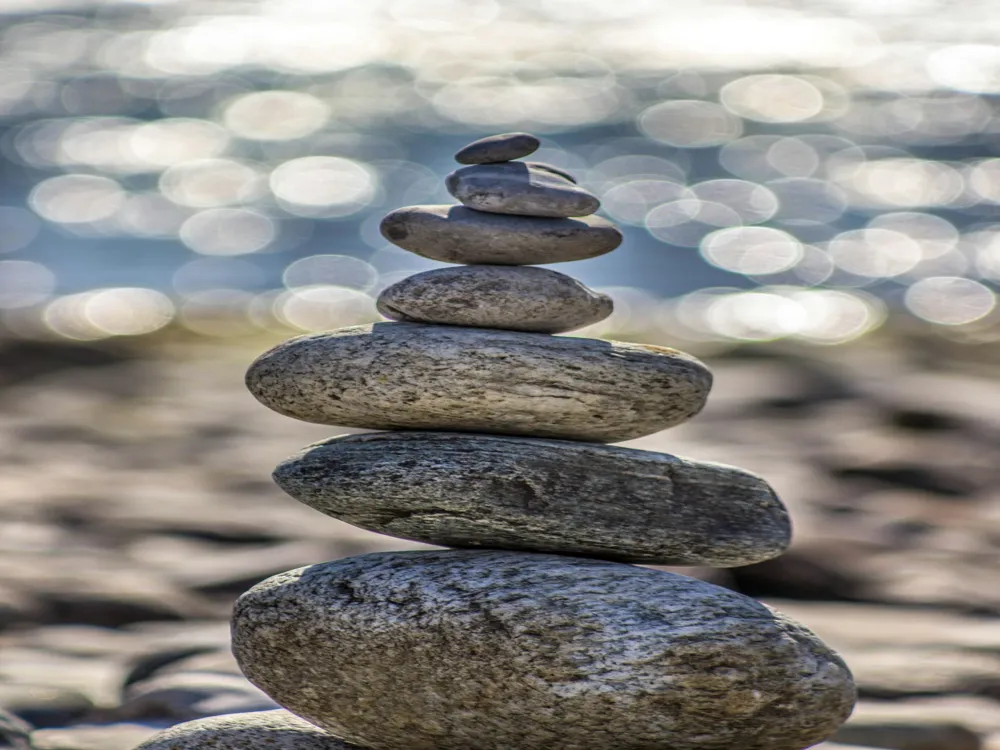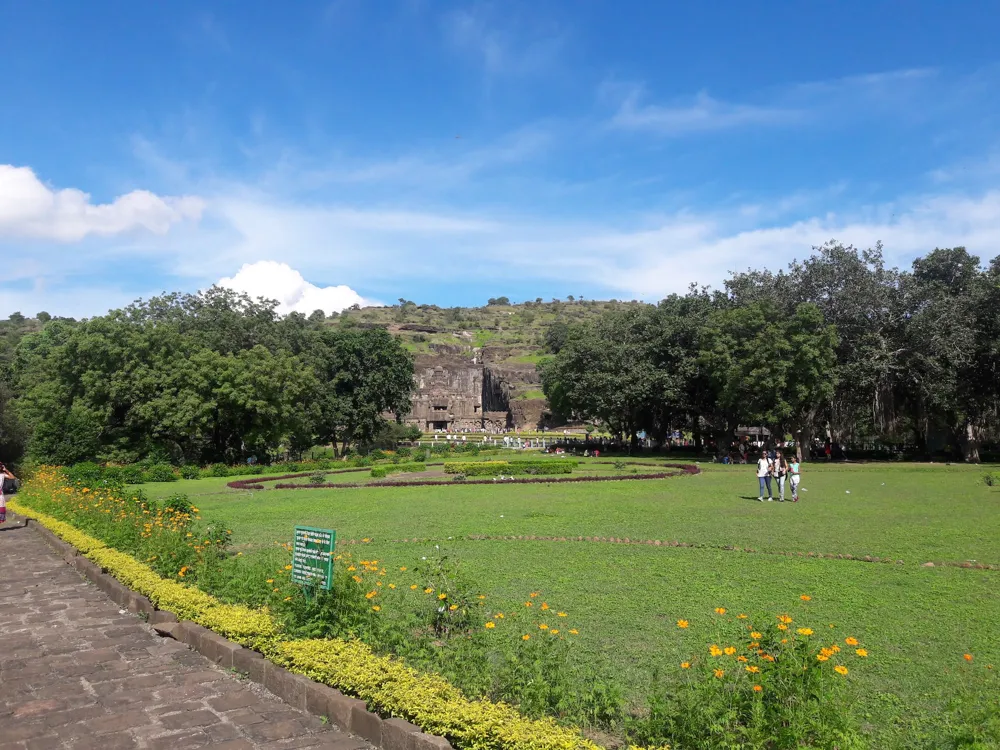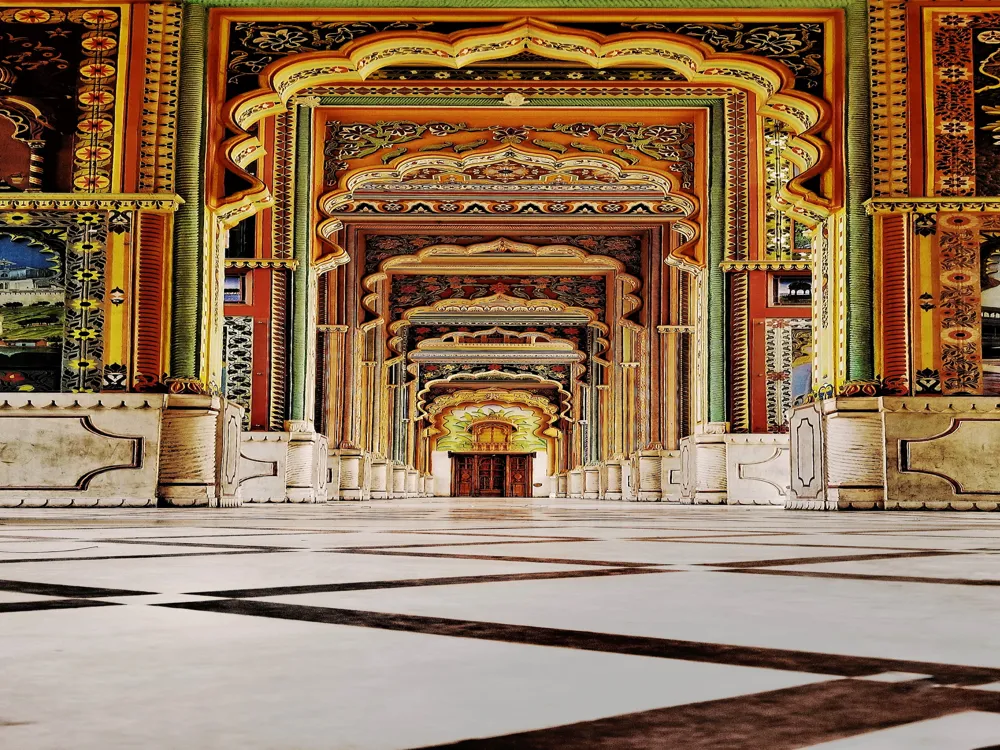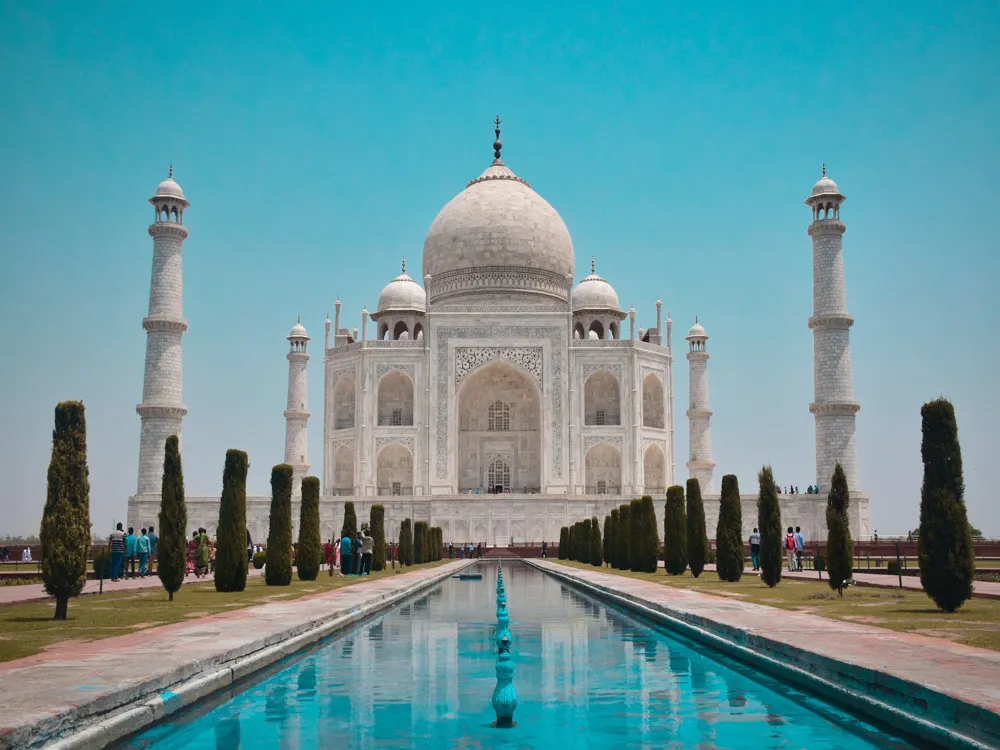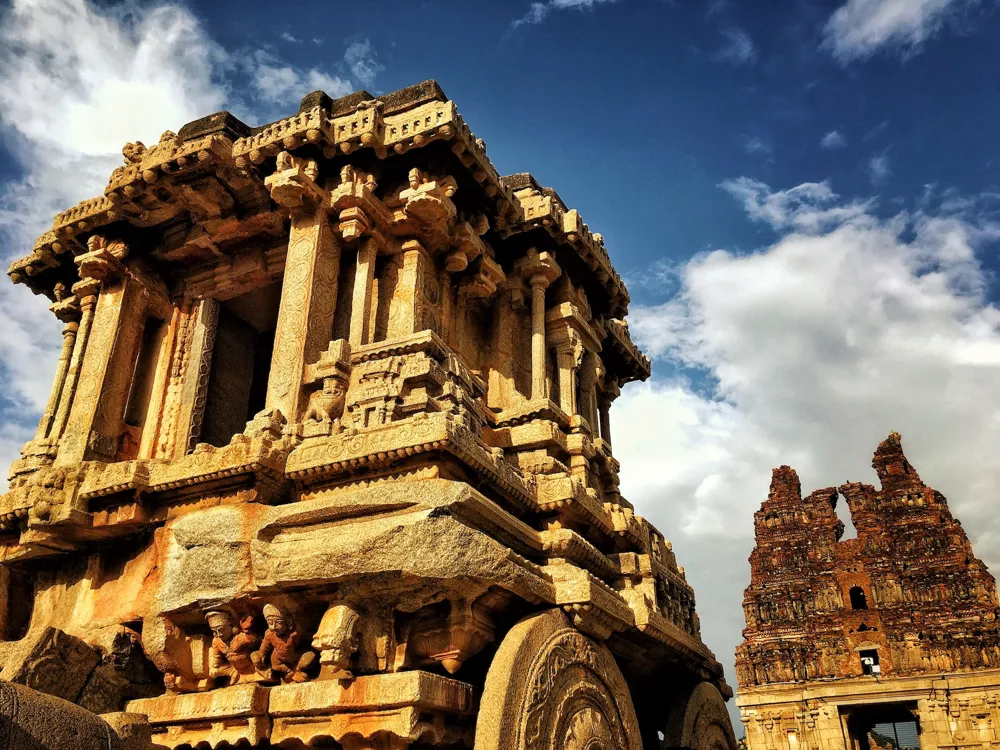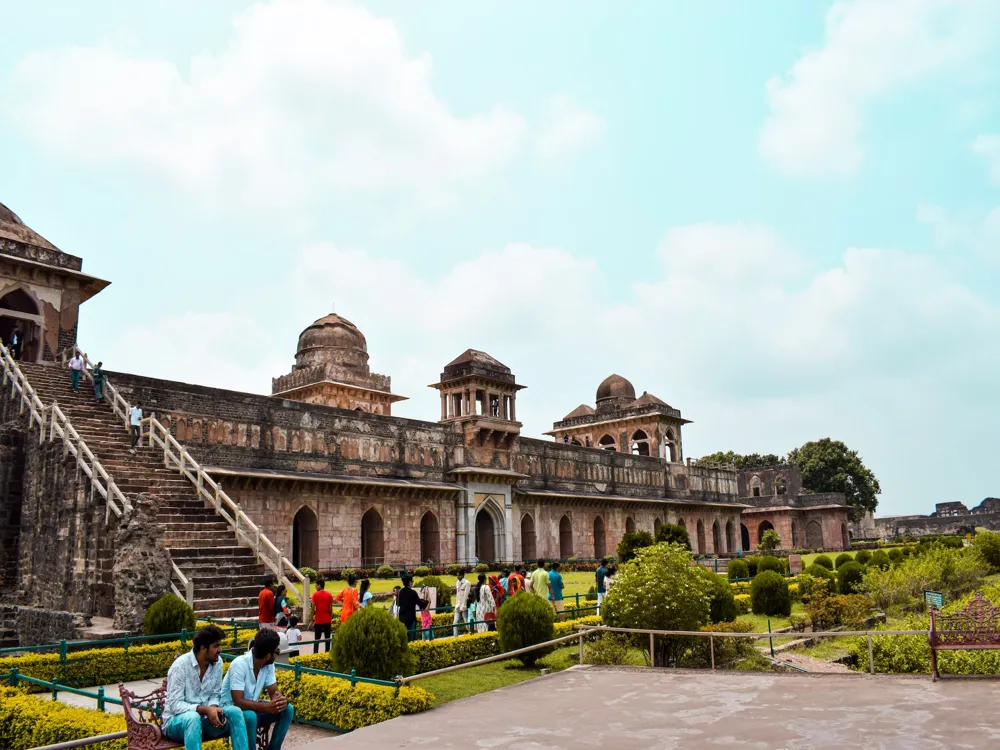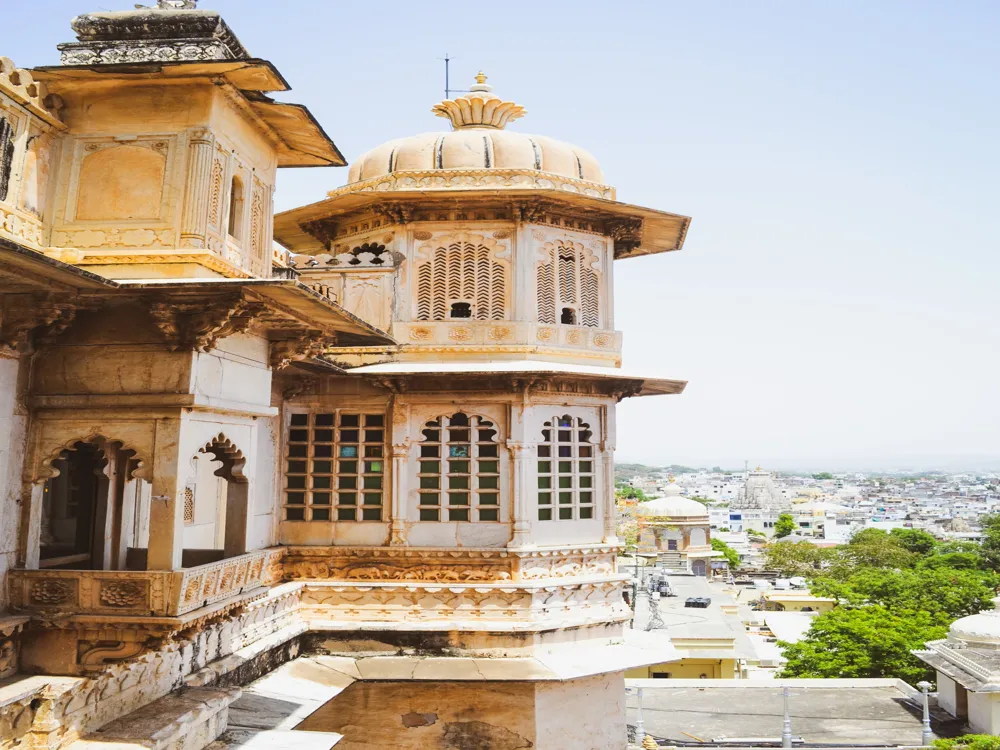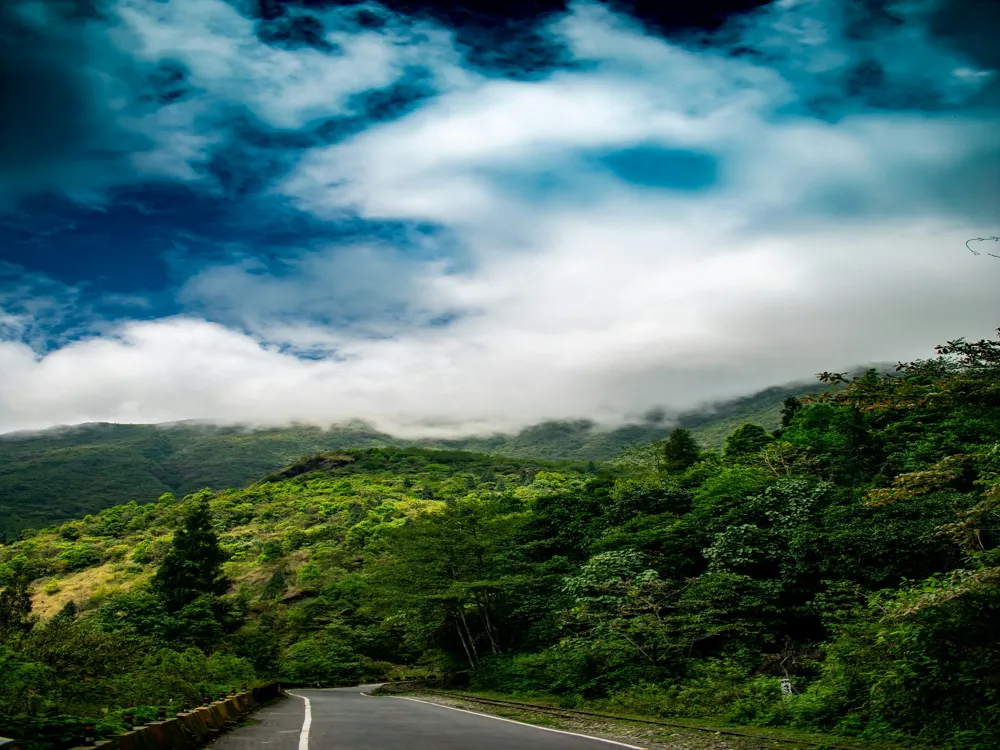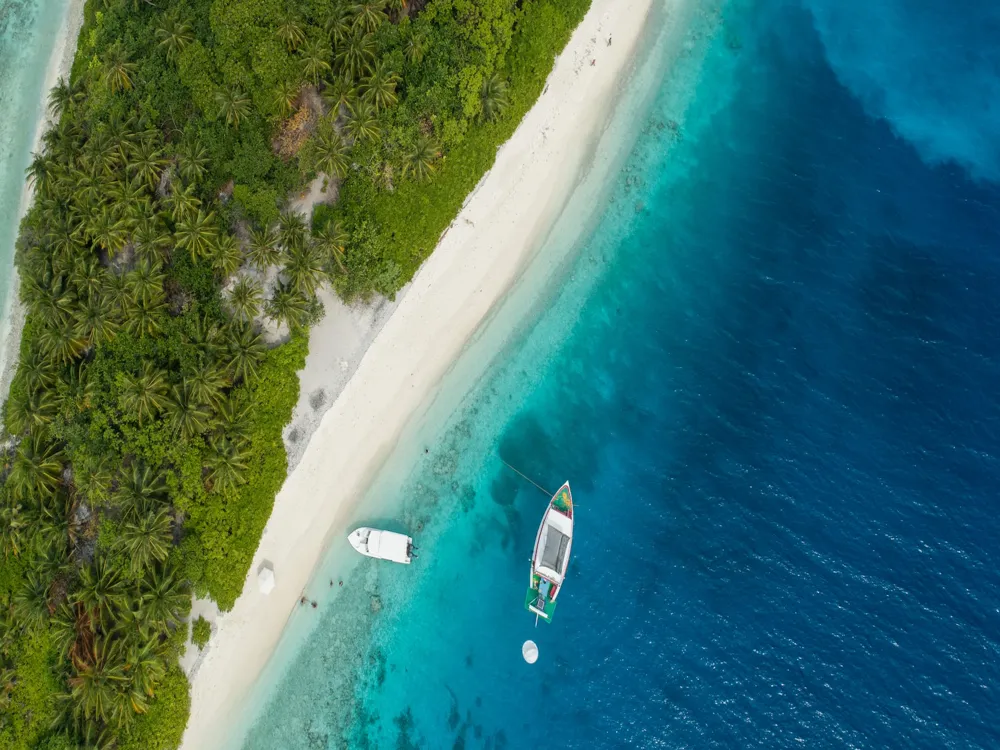Best Time to Visit Bhimbetka
Madhya Pradesh India
12 out of 27 Places to visit in Madhya PradeshNaN onwards View Packages
Get Customized PackagesThe Land of Diversity
Top Hotel Collections

Private Pool

Luxury Hotels

5-Star Hotels

Pet Friendly
What is the best time to visit BHIMBETKA?
Bhimbetka, nestled in the heart of India, is a mesmerizing archaeological site renowned for its prehistoric rock shelters and cave paintings. To truly appreciate the wonders of Bhimbetka, understanding the best time to visit is crucial for an unforgettable experience.
Travel Peak Season in BHIMBETKA
Best Time to Immerse in History and Nature
The peak season to visit Bhimbetka unfolds from October to March when the weather is pleasant. This period ensures a comfortable exploration of the rock shelters, allowing visitors to marvel at the ancient artistry without the hindrance of extreme temperatures.
Travel Offseason in BHIMBETKA
A Serene Escape: Offseason Delights
Contrary to popular belief, the offseason (April to September) offers its own unique charm. With fewer tourists, Bhimbetka transforms into a tranquil haven. While the weather may be warm, the solitude allows for a more intimate connection with the ancient artistry.
Bhimbetka Travel Packages
View All Packages For Bhimbetka
More about the Best Time to Travel to BHIMBETKA
BHIMBETKA Weather in Winter (November – February)
A Winter Wonderland of Art and Culture
Winter in Bhimbetka, from November to February, unveils a different facet of its beauty. The cool climate enhances the exploration of the rock shelters. Visitors can revel in the ancient artistry while enjoying the pleasant weather, making it an ideal time for a historical escapade.
BHIMBETKA Weather in November
Mild Breeze and Historical Splendor
November introduces visitors to Bhimbetka's mild winter breeze, creating the perfect ambiance for an immersive historical journey. The temperature hovers between 10-25°C, ensuring a comfortable exploration of the archaeological marvels.
BHIMBETKA Weather in December
Chilly Nights, Warm Revelations
December brings cooler nights, enhancing the allure of Bhimbetka's rock shelters. With temperatures ranging from 7-20°C, visitors can bask in the warmth of cultural revelations during the day and savor chilly evenings filled with historical enchantment.
BHIMBETKA Weather in January
Crisp Air and Ancient Mysteries
January offers a crisp air experience, making the exploration of Bhimbetka's ancient mysteries even more delightful. With temperatures ranging from 5-18°C, visitors can embark on a journey through time, surrounded by nature's tranquility.
BHIMBETKA Weather in February
Fading Winter, Blooming Heritage
As winter bids farewell, February unfolds with temperatures between 7-22°C. This transitional period allows visitors to witness the blooming heritage of Bhimbetka amid the fading winter, creating a unique and picturesque atmosphere.
BHIMBETKA Weather in Summers (March to June)
Summer Sojourn: Art Amidst Warmth
March to June marks the summer season in Bhimbetka. While temperatures can soar, ranging from 20-38°C, this period offers a distinctive experience. The warm weather allows for unhindered exploration of the rock shelters, offering a deeper connection with the ancient artistry.
BHIMBETKA Weather in March
Moderate Beginnings and Historical Explorations
March initiates the summer season with moderate temperatures ranging from 15-32°C. This makes it an ideal time to explore Bhimbetka's historical treasures, with the weather providing a comfortable backdrop for archaeological discoveries.
BHIMBETKA Weather in April
Rising Mercury, Unveiling History
April witnesses a rise in temperatures, ranging from 20-36°C. Despite the warmth, this period allows enthusiasts to unveil Bhimbetka's history without the bustling crowds, providing an intimate connection with the ancient wonders.
BHIMBETKA Weather in May
Summer Peaks, Cultural Depths
May brings peak summer temperatures, fluctuating between 25-38°C. While the warmth intensifies, it also unveils the cultural depths of Bhimbetka. Exploring the rock shelters during this time offers a unique perspective on the ancient artistry.
BHIMBETKA Weather in June
Summer Serenity Amidst Historical Marvels
June concludes the summer season with temperatures ranging from 25-36°C. Despite the warmth, this month provides a serene backdrop for exploring Bhimbetka's historical marvels, allowing visitors to connect with the ancient narratives at their own pace.
BHIMBETKA Weather in Monsoon (July – October)
Monsoon Magic: Art Amidst Raindrops
July to October welcomes the monsoon season in Bhimbetka. While the rain showers breathe life into the surroundings, it adds a touch of magic to the exploration of the rock shelters. The lush greenery and rain-kissed caves create a surreal ambiance for history enthusiasts.
BHIMBETKA Weather in July
Rainy Reverie and Historical Immersion
July marks the onset of the monsoon, with temperatures ranging from 22-32°C. Despite occasional showers, this month allows visitors to immerse themselves in Bhimbetka's historical narrative amidst the refreshing raindrops.
BHIMBETKA Weather in August
Monsoon Majesty and Ancient Whispers
August continues the monsoon spectacle, with temperatures fluctuating between 21-31°C. The rain-washed caves echo with ancient whispers, offering a unique experience for those seeking a historical journey amid the monsoon magic.
BHIMBETKA Weather in September
Transitional Beauty: Monsoon Farewell
September marks the transition from monsoon to post-rain serenity. With temperatures between 21-32°C, this month allows visitors to witness the farewell of the monsoon while exploring Bhimbetka's historical wonders amidst the lingering raindrops.
BHIMBETKA Weather in October
Post-Monsoon Bliss and Cultural Revelations
October concludes the monsoon season with temperatures ranging from 19-31°C. The post-monsoon bliss adds to the cultural revelations of Bhimbetka, providing a picturesque setting for those eager to delve into the historical marvels.
Conclusion
In conclusion, Bhimbetka unfolds its historical wonders throughout the year, each season offering a unique perspective on the ancient artistry. Whether it's the cool winter breeze, warm summer explorations, or the magical monsoon ambiance, Bhimbetka invites history enthusiasts on a journey through time and culture.
Places To Visit In Bhimbetka
View All Places To Visit In BhimbetkaNearby Places Bhimbetka
Bhimbetka Photos
View All Photos For BhimbetkaBrowse Package Collections
Browse Hotel Collections
Faq
Q: What is the best time to visit Bhimbetka?
A: The ideal time to visit Bhimbetka is during the winter months, from October to March. The weather during this period is pleasant, with temperatures ranging from 10°C to 25°C, making it comfortable for exploration.
Q: Are there any specific months to avoid visiting Bhimbetka?
A: It is advisable to avoid visiting Bhimbetka during the summer months (April to June) as the temperatures can soar, making outdoor activities uncomfortable. Additionally, the monsoon season (July to September) may lead to slippery paths and limited visibility, affecting the overall experience.
Q: What makes the winter months the best time to visit?
A: The winter months offer a favorable climate for exploring the rock shelters and ancient cave paintings at Bhimbetka. The cool weather ensures an enjoyable experience, and the vegetation is lush after the monsoon season, enhancing the overall aesthetics of the surroundings.
Q: Are there any specific events or festivals during certain months that enhance the visit to Bhimbetka?
A: While Bhimbetka doesn't host specific events or festivals, visiting during the winter months coincides with various cultural festivals in nearby towns. This can add a cultural dimension to your trip, allowing you to experience local traditions and celebrations.
Q: How crowded is Bhimbetka during the peak tourist season?
A: Bhimbetka tends to be less crowded during the winter months, considered the off-peak season. This allows visitors to explore the archaeological site at their own pace, without the hustle and bustle associated with peak tourist seasons.


